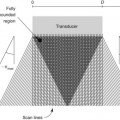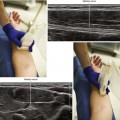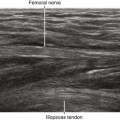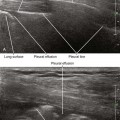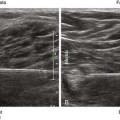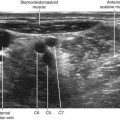48 Superficial Peroneal Nerve Block
The superficial peroneal nerve is a branch of the common peroneal nerve that emerges from the neck of the fibula between the extensor digitorum longus and peroneal muscles to enter the subcutaneous tissue of the lateral leg. When emerging from the fibular neck, the superficial peroneal nerve most commonly lies in the lateral compartment of the leg. The superficial peroneal nerve ascends along the anterior intermuscular septum to pierce the fascia lata at the juncture of the middle and lower thirds of the leg. The nerve usually divides into its medial and lateral branches once in the subcutaneous tissue.1,2
Some elect to infiltrate local anesthetic over the dorsum of the foot for superficial peroneal nerve block and reserve ultrasound for the deeper nerves of the ankle block.3 However, superficial peroneal nerve block in the leg can be useful when edema or infection contraindicates more distal ankle block. Proximal ultrasound-guided superficial peroneal nerve block (along with sural block) can provide surgical anesthesia for hardware removal from the lateral ankle in weight-bearing patients. In addition, ultrasound-guided superficial block in the leg is less painful than subcutaneous infiltration across the dorsum of the foot for more distal block and does not pierce the extensor tendons of the foot.
